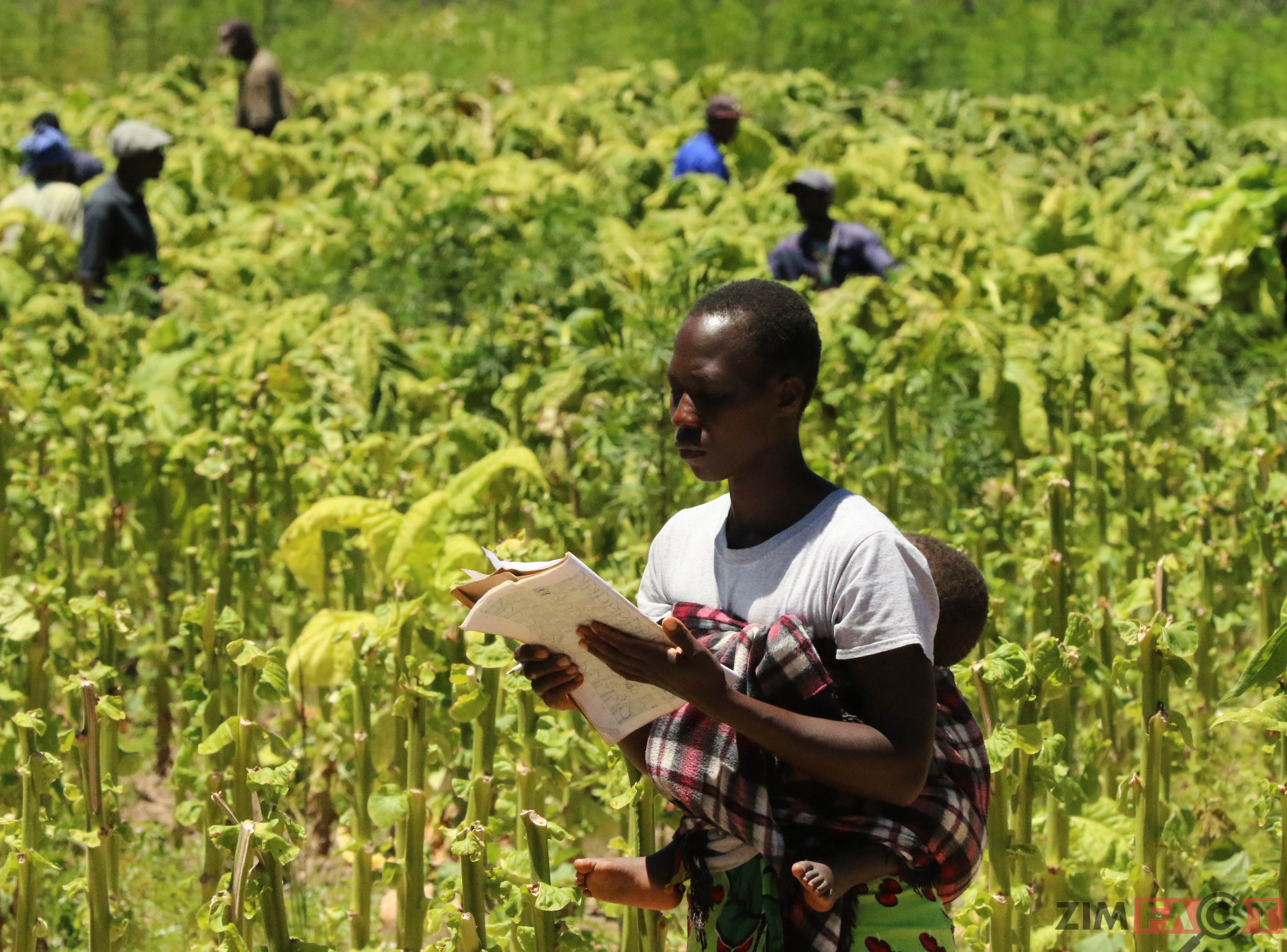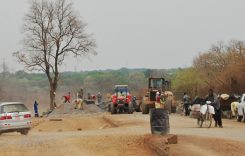Summary
LAND ownership and distribution has been at the centre of disputes in Zimbabwe since pre-colonial days. This escalated through land appropriation by the white minority, leading to the war of liberation, whose major raison d’etre was the transfer of land ownership to the majority blacks.
Zimbabwe, whose economy is agro-based, has 39.6 million hectares land area.
The FAO says only 8.24% (4.31 million hectares) of it is arable, with 0.33% under permanent crops.
Land ownership remains a major issue in Zimbabwe, where nearly 70% of the population is rural and dependent on agriculture.
Background
British settlers colonized Rhodesia (now Zimbabwe) for 90 years. The era witnessed massive dispossession of black landowners through a system of repression, segregation, and violence (see Table below).
| DATE | NAME OF ACT | LEGISLATIVE CONTENT |
| 1889 | Lipper Concession | Basis of land expropriation |
| 1889 | The Native Reserves Order in Council | Systematic mass land expropriation by whites to get the lion’s share of fertile land |
| 1930 | Land Apportionment Act | Formalise separation of land between blacks and whites |
| 1951 | Native Land Husbandry Act | Enforced private ownership of land, destocking and conservation practices on black small holders |
| 1965 | Tribal Trust Lands (TTL) Act | Changed Native Reserves to high population densities homelands |
By 1914, 23,730 white settlers owned about 19 million acres of prime land, while about 752,000 Africans had been pushed to poor marginal 21,390,080 acres.
The white settlers took the best land (51%), leaving the Africans with infertile lands (22%), while the remaining state land (27%) was set aside for forestry and national parks.
In 1965, the white minority government unilaterally declared itself independent from British control, vowing there would be no black majority rule. This forced the nationalist movements to launch a guerrilla war, culminating in independence in 1980.
Land reform in post-independent Zimbabwe
Post independence land reform sought to resettle the black majority from unproductive native reserves by enactment.
| 1980 | Zimbabwe Conference on Reconstruction and Development (ZIMCORD) | Britain’s pledge blocked provision for compulsory acquisition without compensation |
| 1981 | The Communal Land Act | Shifted authority from traditional leadership to local authorities |
| 1985 | The Land Acquisition Act | Lancaster House Agreement (1979) willing seller/willing buyer gave government first right to purchase large-scale farms |
| 1985 | The Land Reform & Resettlement Act | Fair compensation for land acquired |
| 1992 | The Land Acquisition Act | Acquisition of more land for resettlement |
| 1998 | Donors Conference and the Second Phase of the Land Reform and Resettlement Programmed (LRRP) | Donors endorsed the land reform/ resettlement for poverty reduction, economic growth and stability |
Land reform phases:
- market-based system“willing seller–willing buyer” in the first 10 years since 1980;
- compulsory acquisitions(1992-2000), based on gazetted compensation fees;
- land occupations by war veterans and villagers (1998-2000);
- Fast Track Land Reform Programme (FT LRP 2000).
Land ownership map
| Land Category | Total Area | Individual Size | Ownership | 1980(Million ha) | 2010(Million ha) |
| Large Scale Commercial farms | 1,377,000 ha | 2,200 ha | +/-300
white farmers and black farmers |
15.5 ha | 3.4 ha |
| Small Scale Commercial farms | 1.4 ha | 1.4 ha | |||
| A2 | 2,918,334.08 ha | 318 ha | 16,386 farmers | 0.0 ha | 3.5 ha |
| A1 | 5, 759,153.89 ha | 6 ha
(excluding grazing) |
145,775 farmers | 0.0 ha | 4.1 ha |
| Old Resettlement | 3,500,000 ha | 46ha (including grazing) | 76,000 farmers | 0.0ha | 3.5ha |
| Communal | 16, 400,400 ha | 12ha(includes grazing & forest) | 1,300, 000 farmers | 16.4 ha | 16.4 ha |
| National Parks & Forests | 5.1 ha | 5.1 ha | |||
| State Farms | 0.5ha | 0.7 ha | |||
| Urban Land | 0.2 ha | 0.3 ha | |||
| Unallocated Land | 0.0 ha | 0.7 ha |
One study showed that the majority of beneficiaries were from overpopulated villages, 6.7% former farm workers, ex-mine workers, 18% from urban areas, 16.5%, civil servants, 4.8% business people, 3.7% security service, trained agriculturalists and women, who constitute 51% of the population.

Land Tenure
Today, Zimbabwe has multi-form tenure, with multiple tenure types applying in the different area of land (freehold, lease, permit, communal and state land).
Post-settler economy pattern persists in Zimbabwe, with large-scale farms retaining freehold, granted to white settlers during colonization, while former tribal lands became de jure state-owned lands. Those communal areas have de facto rights delegated to communities (including chiefs), under the oversight of rural district councils.
The large scale and small scale commercial farmers occupy about 32% of the country’s land under individual land ownership which guarantees exclusive property rights and full control and responsibility over the land and infrastructure. Statutory provisions such as control over public watercourses and wildlife may limit the exclusive control.
The Communal Areas Act vests powers in the President for its occupation and utilization and is applicable to 42% of Zimbabwe’s land where about 70% of the country’s population resides.
Rural district councils allocate land to qualified persons on behalf of the State.
Post-independence Zimbabwe introduced non-titled Resettlement Areas, covering 10% of the country to de-congest the communal areas. The resettlement area was established under a restrictive permit system, while following 2000, offer letters (substituted by land permits) and 99-year leases were proposed, with a 25 year concession proposed for wildlife conservancies.
The State further gazetted 15% of the country’s land as protected forests (2%) and national parks (13%).
Currently, regulations restrict multiple farm ownership and encourage wide distribution of land based on commitment to social justice and the distribution of national productive assets as enshrined in the cross party agreed national Constitution
Conclusion
Land remains a central economic resource in Zimbabwe. Indigenous (black) Zimbabweans own 96% of the agricultural land. This excludes company, church and corporate estates (2,041 million hectares) and transitional/unallocated land (2,684 million hectares).
Factsheet compiled by Farayi Chimbindi, a freelance journalist and media consultant.
Do you want to use our content? Click Here











